A man 'utterly consumed by the forces of love and passion', one of the National Trust's finest treasures
We're taking a look at nine of the greatest objects on display in the National Trust's properties across Britain — this edition examines a painting that is small in size and large in meaning.
![Portrait miniature, tempera on vellum stuck to card extended by another piece of card glued to support the back, presumably to fit the miniature into its frame (oval), A Man consumed by Flames by Isaac Oliver (Rouen c.1565 ? London 1617). Inscribed above his head: Alget qui non ardet (he becomes cold who does not burn). Apparently was written on the back: Earl of Leicester, but Horace Walpole wrote: "But not the least like him, more like Lord Herbert [of Cherbury]." A head-and-shoulders portrait of man with close-cut black hair, spade beard and moustache, turned slightly to the left, gazing at the spectator, surrounded by a circle of flames consuming his antique slate-blue robe and the background. The 'Impresa' device as elucidated by Roy Strong in his work "Portrait as Impresa" suggests it would have been given as a love token. The lover burning up in the flames of his own passion is a familiar symbol in sixteenth-century love poetry. The identification of the portrait miniature with Robert Devereux, 2nd Earl of Essex, KG (1566 - 1601) is also plausible.](https://cdn.mos.cms.futurecdn.net/PHJ4hm5afeRE2mBcS2HAyA.jpg)

The National Trust’s collections are not only vast, but contain objects of astonishing beauty, quality and human interest. To coincide with the Trust’s 125 anniversary, we asked nine senior curators — including national experts in painting and sculpture, textiles, furniture and decorative arts — to choose their favourite object from among those in their care.
A Man Consumed by Flames by Isaac Oliver, about 1610. Watercolour and body colour with gold on vellum, at Ham House, Richmond-upon-Thames, Surrey
Chosen by Tarnya Cooper, curatorial and Collections director
Although we don’t know who this dashing and handsome man is, he has chosen to depict himself as someone utterly consumed by the forces of love and passion, perhaps as a romantic gesture for a lover. A clue is provided just above the sitter’s head, as the motto translated from the Latin reads ‘he becomes cold who does not burn’ (Alget qui non ardet), which perhaps indicates that love of various sorts is an essential part of the human condition.
The picture has been kept in the green closet at Ham House since 1677, and helps us understand how small-scale pictures were displayed in a 17th-century private house.
www.nationaltrust.org.uk/ham-house-and-garden
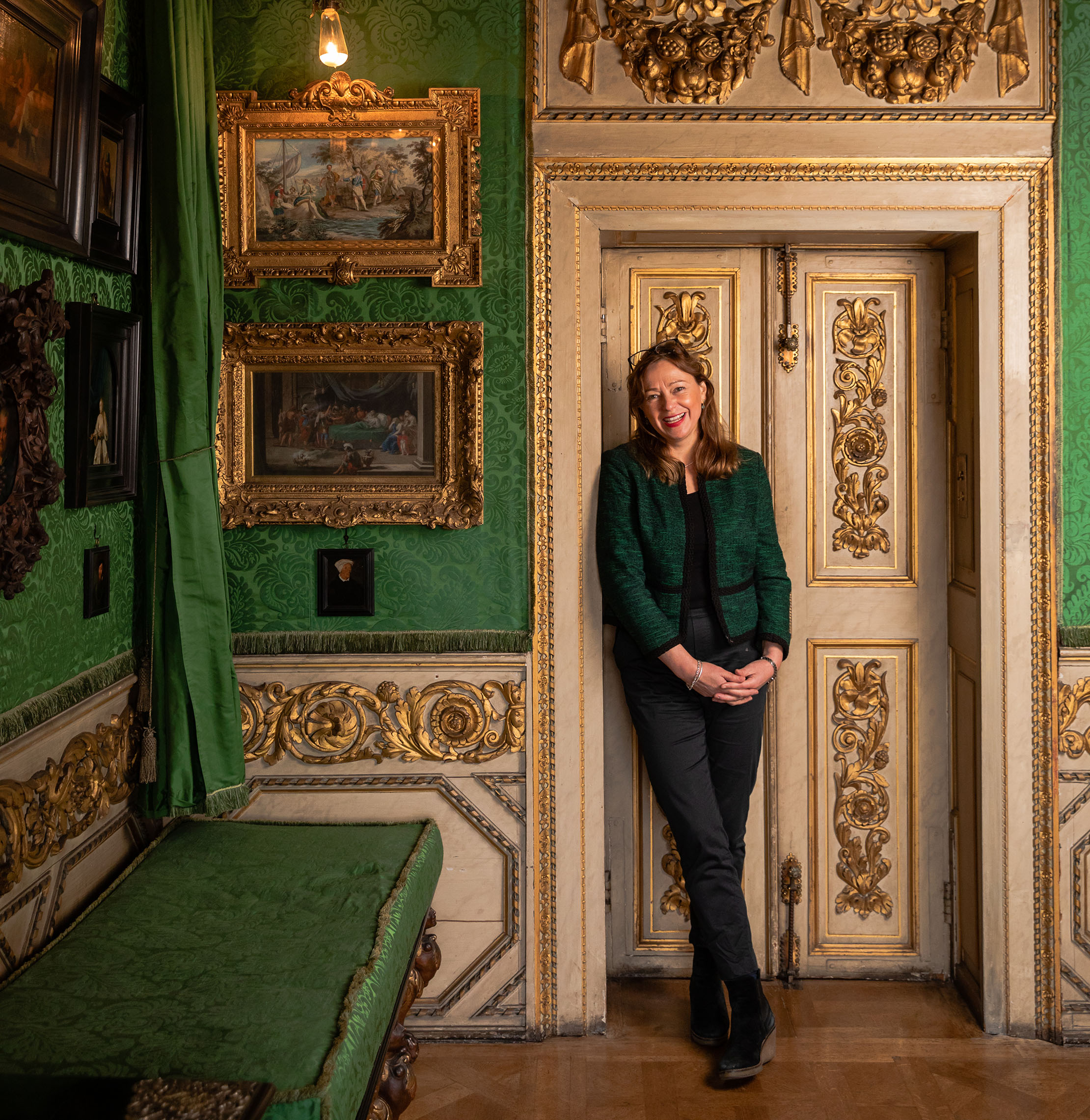
READ MORE: A week-by-week guide to what to see at the National Trust's properties in 2020

Sign up for the Country Life Newsletter
Exquisite houses, the beauty of Nature, and how to get the most from your life, straight to your inbox.
Country Life is unlike any other magazine: the only glossy weekly on the newsstand and the only magazine that has been guest-edited by HRH The King not once, but twice. It is a celebration of modern rural life and all its diverse joys and pleasures — that was first published in Queen Victoria's Diamond Jubilee year. Our eclectic mixture of witty and informative content — from the most up-to-date property news and commentary and a coveted glimpse inside some of the UK's best houses and gardens, to gardening, the arts and interior design, written by experts in their field — still cannot be found in print or online, anywhere else.
-
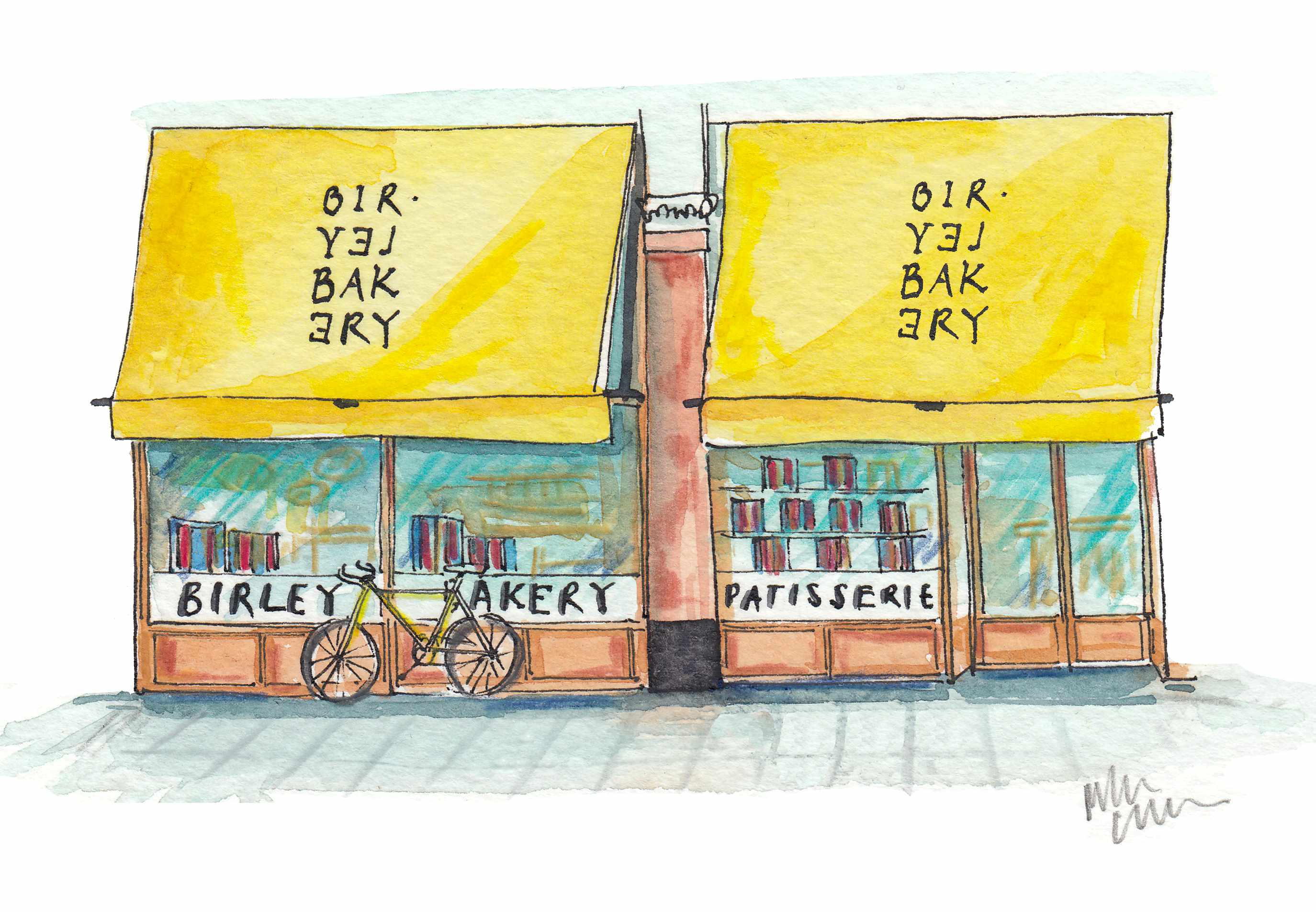 'That’s the real recipe for creating emotion': Birley Bakery's Vincent Zanardi's consuming passions
'That’s the real recipe for creating emotion': Birley Bakery's Vincent Zanardi's consuming passionsVincent Zanardi reveals the present from his grandfather that he'd never sell and his most memorable meal.
By Rosie Paterson
-
 The Business Class product that spawned a generation of knock-offs: What it’s like to fly in Qatar Airways’ Qsuite cabin
The Business Class product that spawned a generation of knock-offs: What it’s like to fly in Qatar Airways’ Qsuite cabinQatar Airways’ Qsuite cabin has been setting the standard for Business Class travel since it was introduced in 2017.
By Rosie Paterson
-
 The best regional art galleries in Britain, from Cornwall to Orkney
The best regional art galleries in Britain, from Cornwall to OrkneyWherever you are in Britain, you’re never far from an interesting gallery. Here we present an eclectic round-up of 45 places to see art outside the big cities.
By Country Life
-
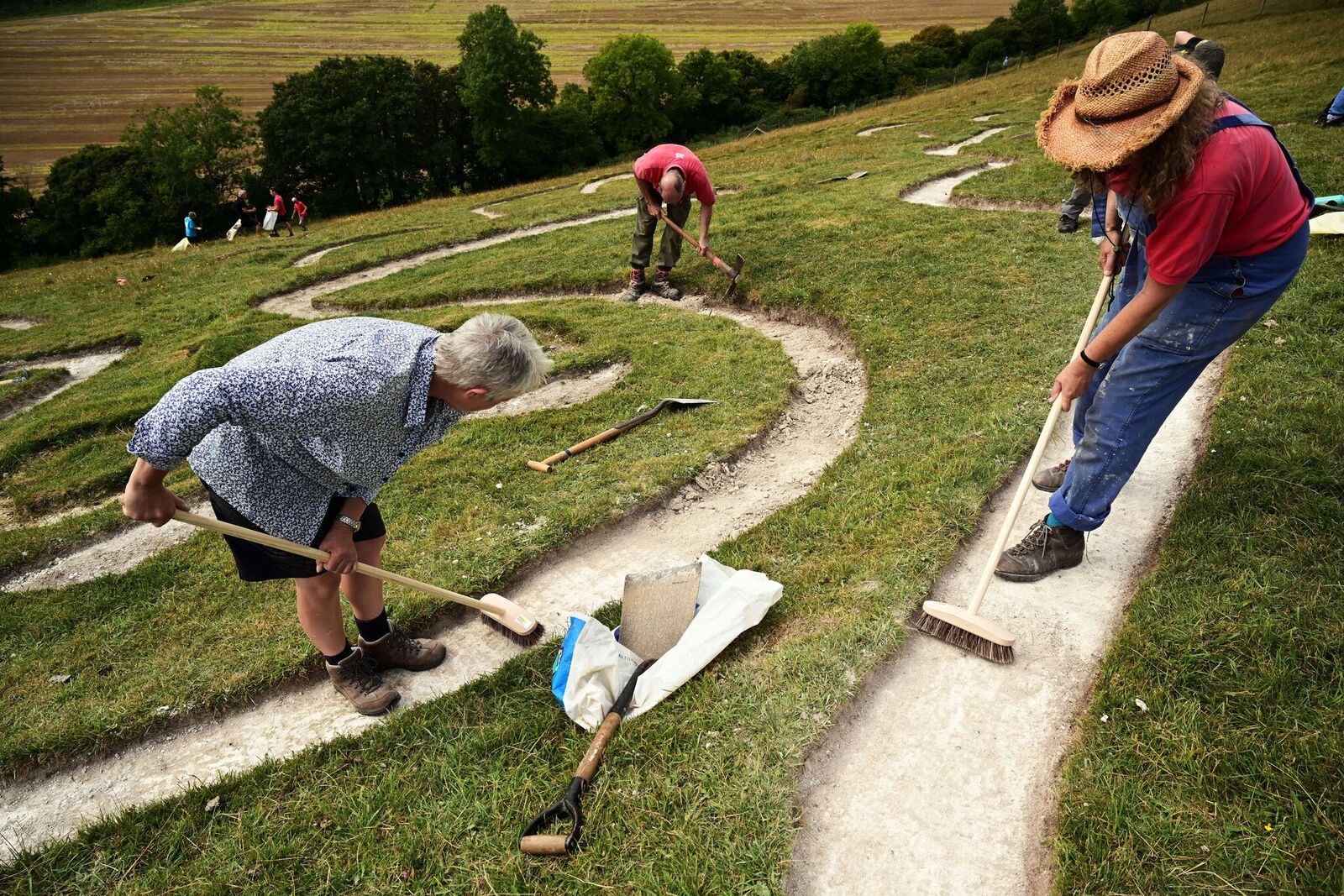 Cerne Abbas: Was the giant naked man an artistic act of defiance aimed at monks?
Cerne Abbas: Was the giant naked man an artistic act of defiance aimed at monks?New evidence suggests that the Cerne Abbas giant is much older than previously thought — and that its creation might have been 'a big two fingers' aimed at the Benedictine monks who had recently established an abbey.
By Annunciata Elwes
-
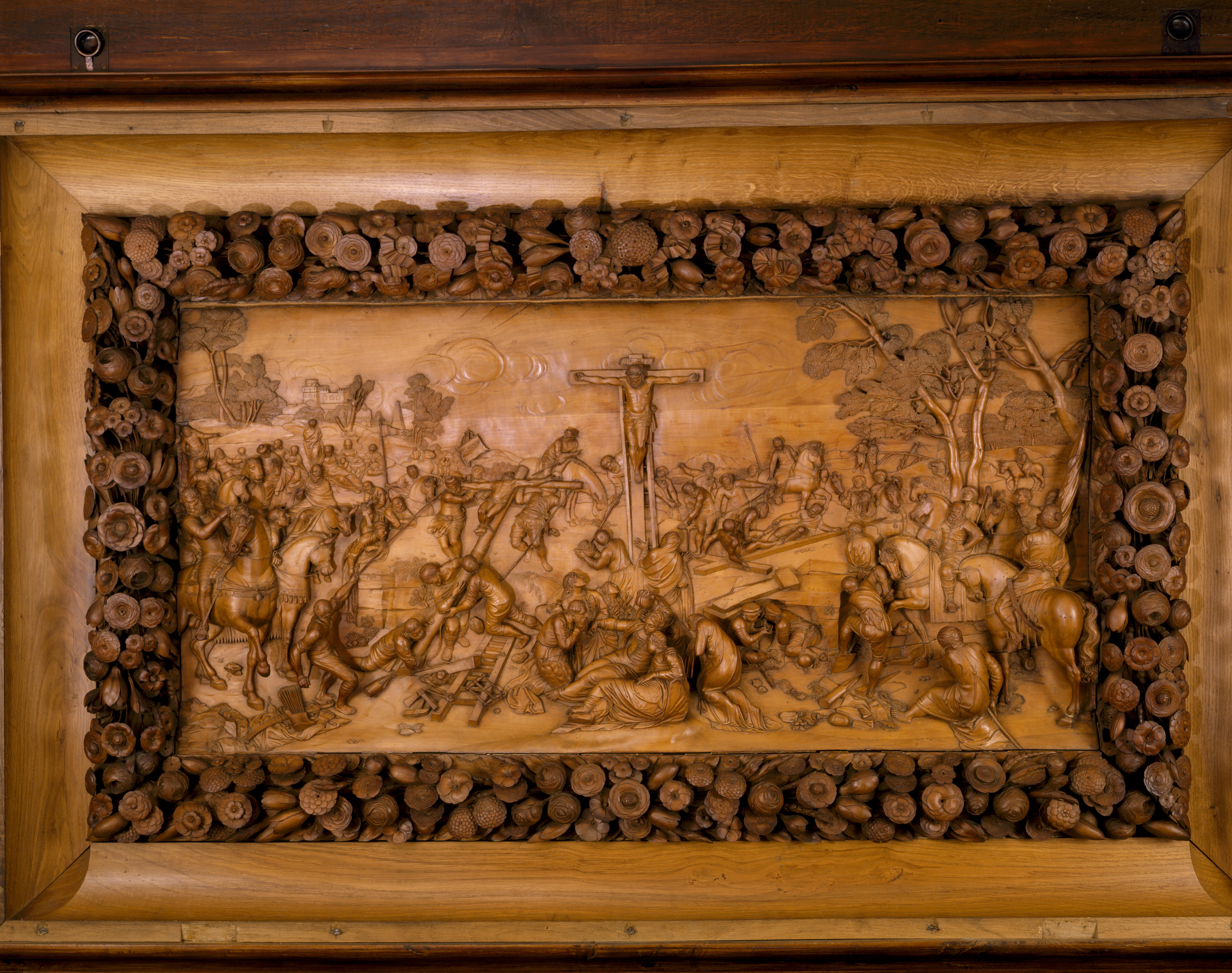 Nine of the most astonishing objects you can see at National Trust properties, from priceless paintings to a wooden leg to a simple tunic with a heartbreaking tale to tell
Nine of the most astonishing objects you can see at National Trust properties, from priceless paintings to a wooden leg to a simple tunic with a heartbreaking tale to tellWe're taking a look at nine of the greatest objects on display in the National Trust's properties across Britain.
By Country Life
-
 The Ickworth Velazquez that's one of the very greatest treasures of the National Trust
The Ickworth Velazquez that's one of the very greatest treasures of the National TrustIn the final part of our series looking at the National Trust's finest treasures, we look at one of the very finest paintings in the Trust's ownership.
By Country Life
-
 A 15th-century altar cloth that survives in almost miraculous condition, one of the National Trust's greatest treaures
A 15th-century altar cloth that survives in almost miraculous condition, one of the National Trust's greatest treauresOur series looking at the National Trust's finest treasures looks at a pre-Reformation altar front from Cotehele which has survived to the present day.
By Country Life
-
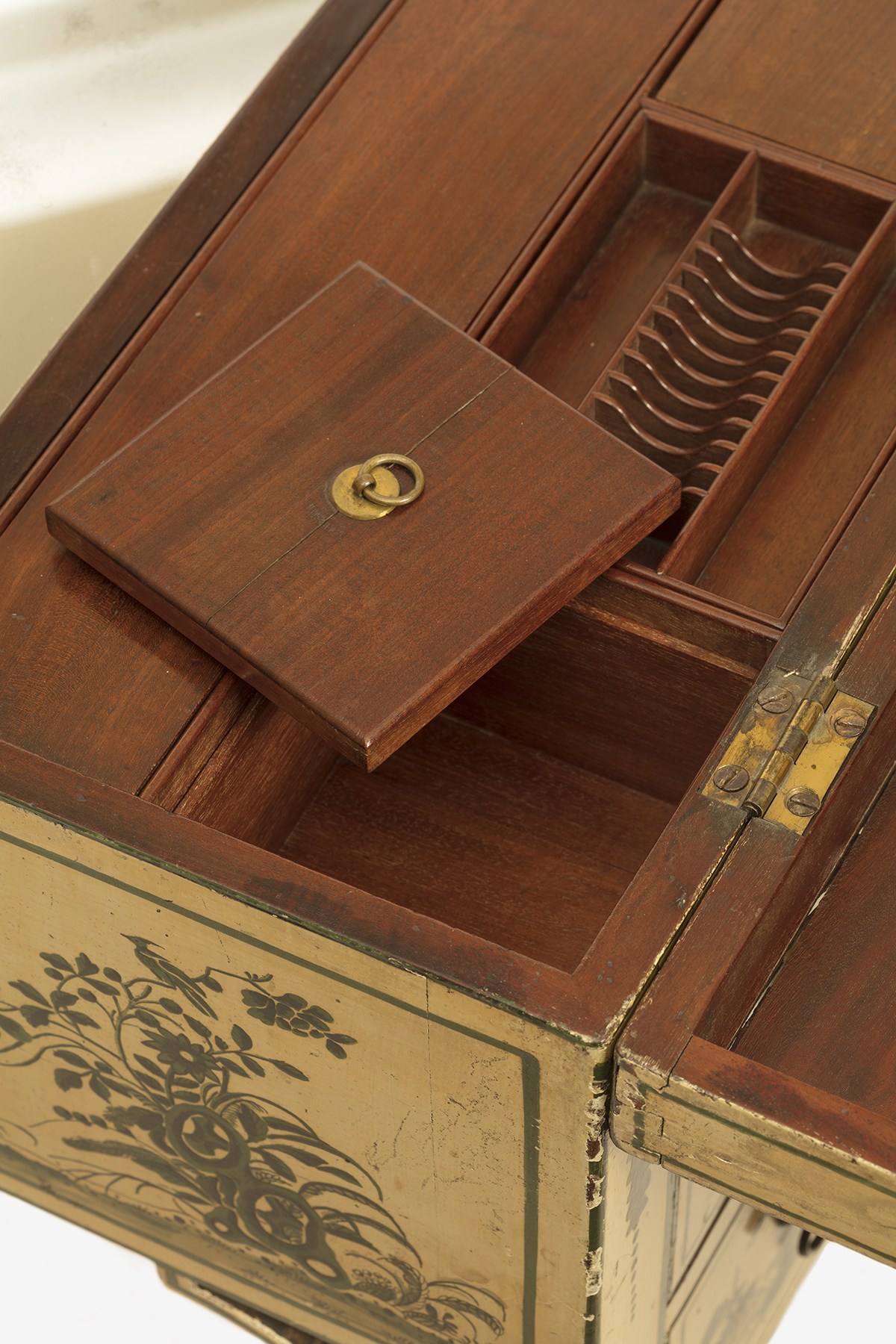 A Chippendale table that's 'the epitome of light-hearted Chinoiserie design', one of the National Trust's greatest treasures
A Chippendale table that's 'the epitome of light-hearted Chinoiserie design', one of the National Trust's greatest treasuresOur series looking at the National Trust's finest treasures takes aim at the Thomas Chippendale dressing table of Anglesey Abbey in Cambridgeshire.
By Country Life
-
 A pair of tureens that are a Rococo tour de force in silver, and among the finest treasures of the National Trust
A pair of tureens that are a Rococo tour de force in silver, and among the finest treasures of the National TrustWe're taking a look at nine of the greatest objects on display in the National Trust's properties across Britain — this time around we look at the incredibly intricate soup tureens of Ickworth.
By Country Life
-
 A great Italian masterpiece brought to life as a woodcut by an English genius, one of the National Trust's finest treasures
A great Italian masterpiece brought to life as a woodcut by an English genius, one of the National Trust's finest treasuresWe're taking a look at nine of the greatest objects on display in the National Trust's properties across Britain — today it's the astonishing carving at Dunham Massey.
By Country Life